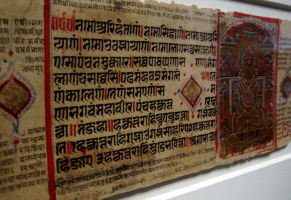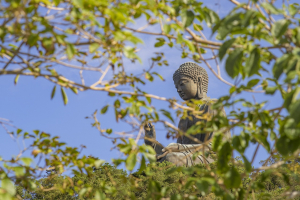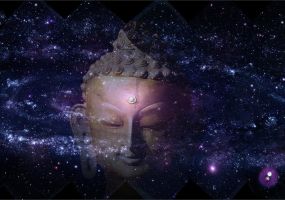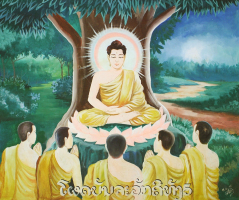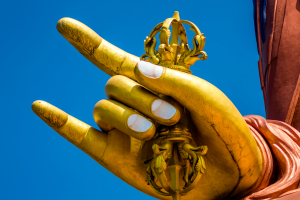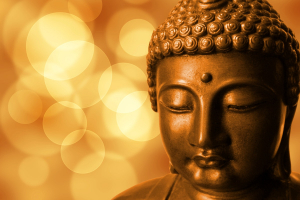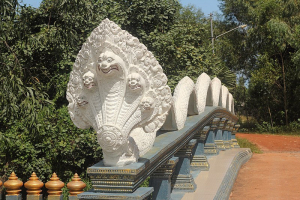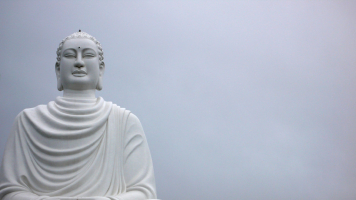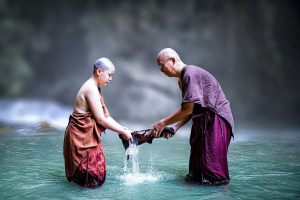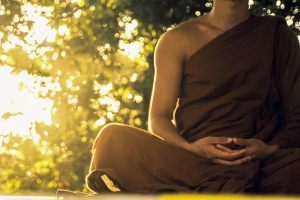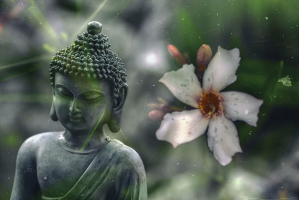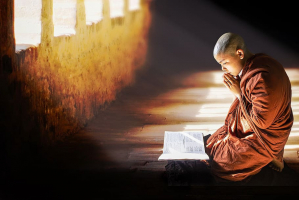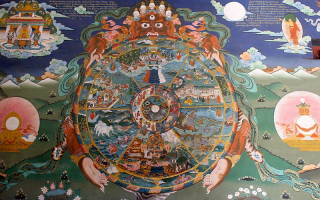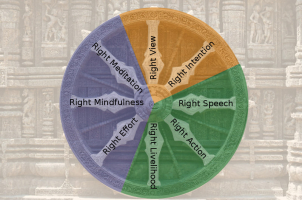Top 10 Most Famous Schools Of Buddhism
Buddhism, an ancient spiritual tradition originating in India, has undergone transformation and dissemination, giving rise to diverse schools and rules across ... read more...different regions. Notable among the top ten most famous schools of Buddhism, each school presents distinctive insights and practices, contributing to the vibrant tapestry of Buddhist thought and philosophy.
-
Theravada Buddhism, known as the "School of the Elders" or "Southern Buddhism," is one of Buddhism's ancient and esteemed branches. It is predominantly practiced in Sri Lanka, Thailand, Cambodia, Laos, Myanmar, and among smaller communities in Southeast Asia. The Athens Theravada Centre in Greece was established by collaborating with Elder Buddhist monks from Sri Lanka, the Cultural Union of Sri Lanka in Greece, and the "Four Noble Truths," a Non-Profit Organization.
Theravada Buddhism originates in the earliest period, closely linked to Siddhartha Gautama, the historical Buddha. The term "Theravada" translates to "the doctrine of the elders," signifying the teachings upheld by the early monastic elders (arhats) who accompanied the Buddha throughout his life. These teachings were subsequently compiled into the Pali Canon or Tipitaka.
The center aims to offer meditation and Buddhist philosophy courses, translate Pali Canon texts into Greek, teach the Pali language, and publish books on these subjects. Their vision is to support anyone interested in understanding the genuine teachings of the Historical Buddha and cultivating their ethics and meditation practice.
Having endured for centuries, Theravada Buddhism remains a steadfast source of guidance and inspiration for millions of Buddhists globally. They thrive as a living tradition, adapting to diverse cultural contexts while upholding the essence of the Buddha's original teachings.
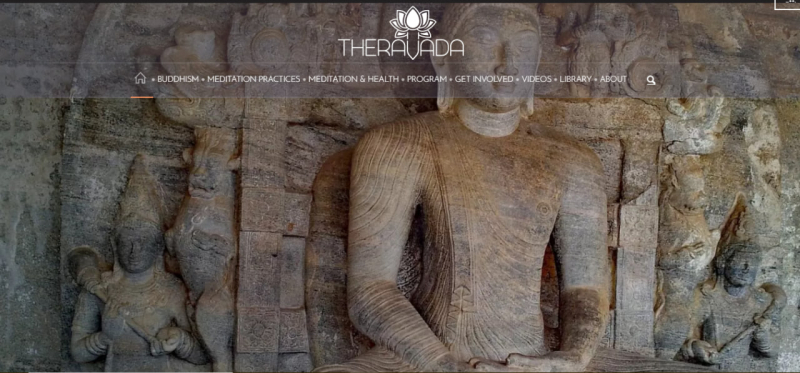
Screenshot of https://www.theravada.gr/ Video by Theravada Buddhism -
In addition to Theravada Buddhism, Mahayana Buddhism is one of the most famous schools of Buddhism. Emerging around the first century CE, it spread across diverse regions in Asia, encompassing China, Japan, Korea, Vietnam, Tibet, and Mongolia. Mahayana, known as the "Great Vehicle," emphasizes the bodhisattva path and reveres the Mahayana sutras, forming a comprehensive group of religious practices.
Mahayana schools assert the existence of numerous Buddhas, accessible as transcendental or supramundane beings, setting them apart from Theravada and other early schools. It is believed that Mahayana Buddhism diverged from Theravada due to its perception of being self-centered and losing its true vision; this school contends that it adheres to the Buddha's original teachings.
While considering Buddha as a divine being, Mahayana practitioners also believe that every individual possesses the potential to become a Buddha. The focus lies in pursuing enlightenment for all sentient beings, not solely oneself. Salvation is achieved through venerating Buddha and diligently adhering to his essential teachings.
Mahayana Buddhism's profound influence on East Asian cultures has served as a wellspring of inspiration and spiritual guidance for millions of devoted followers across the globe. As it evolves and adapts to diverse contexts, the tradition remains anchored in its fundamental principles of compassion, wisdom, and the liberation of all sentient beings.
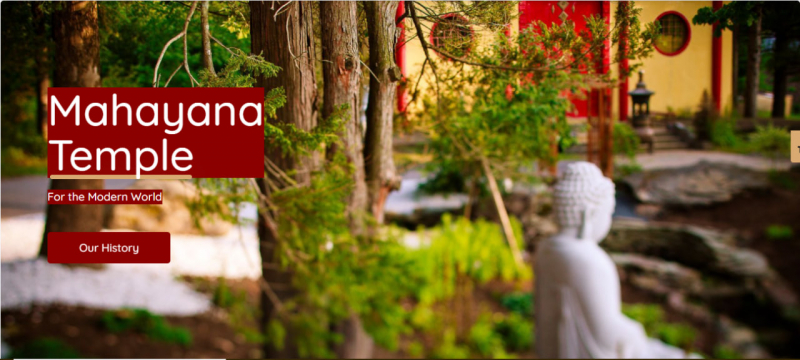
Screenshot of https://en.mahayana.us/ 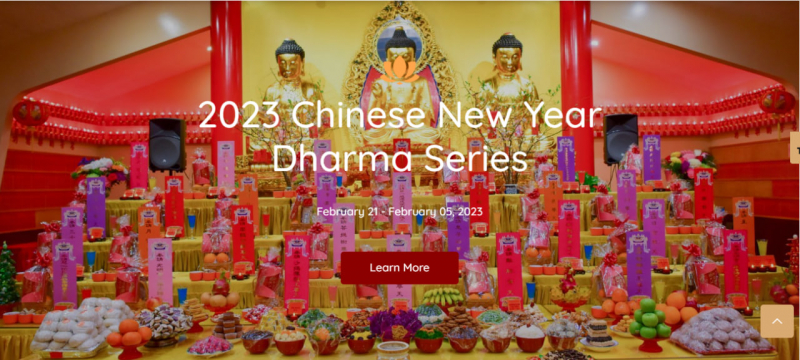
Screenshot of https://en.mahayana.us/ -
Vajrayana Buddhism, also called Tantric Buddhism or Esoteric Buddhism, originated in India during the early medieval period and spread to regions such as Tibet, Nepal, Bhutan, Mongolia, and Central Asia. It is recognized as the third major branch of Buddhism, alongside Theravada and Mahayana.
Vajrayana Buddhism is distinguished by its focus on tantric practices, encompassing a collection of esoteric teachings and methods aimed at swiftly attaining spiritual realization and enlightenment. These practices involve visualization, ritual, and the utilization of mantras and mandalas.
In Vajrayana Buddhism, it is acknowledged that everyone possesses a Buddha nature, similar to the belief in Mahayana. However, in Vajrayana, one's awakening depends on recognizing this inherent nature fully. As a result, adherents are not required to immediately give up vices like alcohol or smoking to embark on the path. Instead, they must commit to following the way, and gradually, the allure of unhealthy and detrimental behaviors will diminish.
It's essential to recognize that Vajrayana Buddhism is an advanced and esoteric path, and practitioners are encouraged to approach it with the guidance of qualified teachers. The teachings and practices of Vajrayana Buddhism can vary significantly across different lineages and traditions. Still, they all converge with the common goal of realizing one's innate Buddha nature and swiftly attaining enlightenment for the benefit of all sentient beings.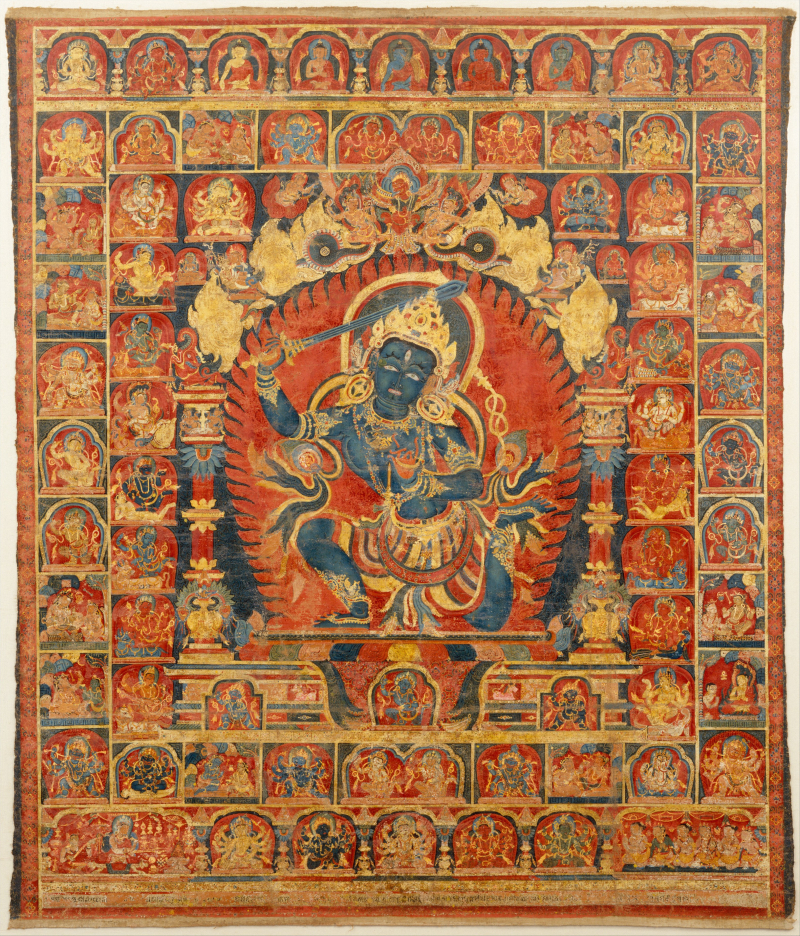
Acala, the Buddhist Protector - Photo on Wikimedia Commons (https://commons.wikimedia.org/wiki/Category:Vajracharya#/media/File:Acala,_the_Buddhist_Protector_(cropped).jpg) 
Newa Vajracharyas at Boudhanath stupa - Photo on Wikimedia Commons (https://commons.wikimedia.org/wiki/Category:Vajracharya#/media/File:Newa_Vajracharyas_at_Boudhanath_stupa.jpg) -
Zen, also known as the Chan School, is a branch of Buddhism that first emerged in China during the Tang dynasty. Over time, it evolved into several sub-schools and units. As a part of Mahayana Buddhism, Zen significantly emphasizes meditation (zazen) as the primary method for enlightenment. Originating in China during the Tang Dynasty (6th to 9th centuries CE), Zen's influence spread to Japan and Korea, becoming a prominent and influential tradition.
Zen greatly emphasizes direct insight into one's true nature, often described as "seeing one's original face before birth." The central practice in Zen Buddhism is zazen. In this seated meditation, practitioners assume a specific posture, often facing a wall, and concentrate on their breath or a particular koan to cultivate mental serenity and gain profound understanding.
Zen strongly emphasizes the direct, non-verbal transmission of wisdom from teacher to student, often called "mind-to-mind transmission outside the scriptures." It teaches non-attachment to thoughts, desires, and external circumstances, urging practitioners to embrace complete presence in each moment. Zen advocates mindfulness and awareness in all aspects of life, including work, eating, and daily routines.
Zen has left a significant mark on various traditional arts, such as calligraphy, tea ceremony, flower arrangement, and martial arts like kendo and aikido. Its influence on East Asia's cultural, artistic, and spiritual life has been profound. To this day, Zen continues to be embraced and practiced worldwide, attracting numerous individuals seeking a direct and experiential path to spiritual awakening.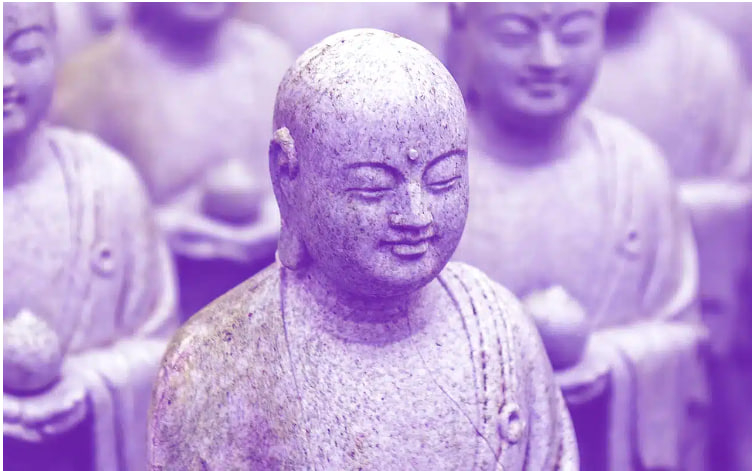
Screenshot of https://www.zen-buddhism.net/ 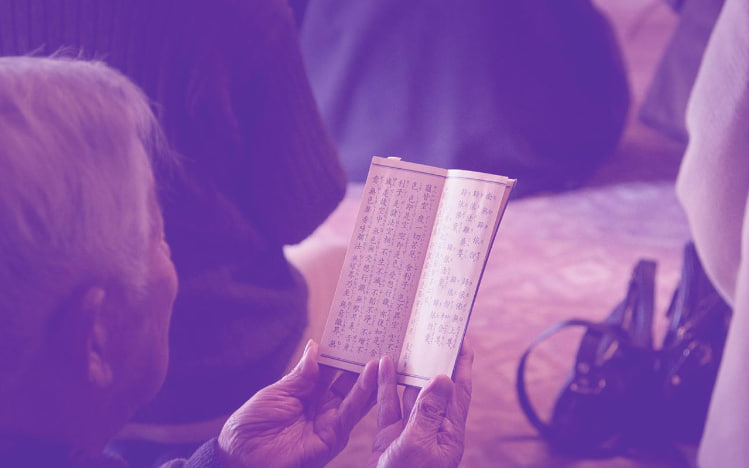
Screenshot of https://www.zen-buddhism.net/ -
Tibetan Buddhism, commonly referred to as Vajrayana Buddhism or Lamaism, stands as a distinctive form of Buddhism that developed in the Himalayan region, with Tibet as its primary center. Blending elements of both Mahayana and Tantric practices, it holds a unique position among Buddhist traditions. The tradition is intricately woven into the culture and history of Tibet and has extended its influence to other regions, including Nepal, Bhutan, Mongolia, and parts of Central Asia.
At the heart of Tibetan Buddhist practice lies guru devotion, the reverent veneration of spiritual teachers. Two prominent spiritual leaders in Tibetan Buddhism are the Dalai Lama and Panchen Lama. Revered as the embodiment of the Bodhisattva Avalokiteshvara, the Dalai Lama holds a revered position, while the Panchen Lama is regarded as the second most significant spiritual figure after the Dalai Lama.
In addition to classical Mahāyāna Buddhist practices, Tibetan Buddhism encompasses tantric methods like deity yoga and the Six Dharmas of Naropa, along with profound practices like Dzogchen that transcend tantra. The ultimate aim is to attain Buddhahood. Classical Tibetan serves as the main language for scriptural study within this tradition.
Tibetan Buddhism's distinctive fusion of profound philosophy, intricate rituals, and unwavering reverence for spiritual mentors has bestowed upon it a rich and multifaceted tradition. Despite facing challenges and historical disruptions, Tibetan Buddhism endures as a vibrant and widely embraced spiritual path, resonating within its homeland and across the globe.
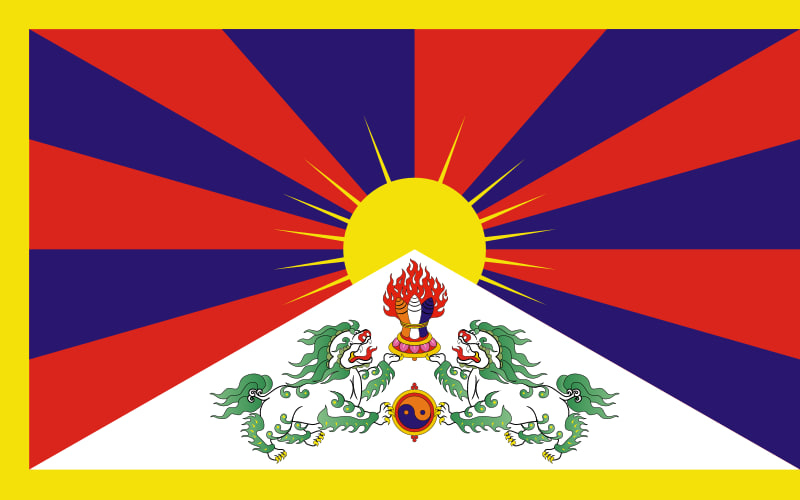
Flag of Tibet - Photo on Wikimedia Commons (https://commons.wikimedia.org/wiki/File:Flag_of_Tibet.svg) Video by ReligionForBreakfast -
Pure Land Buddhism, also called Amidism, represents a school within Mahayana Buddhism that revolves around the Pure Land, an enlightened realm of boundless bliss governed by the Buddha Amitabha (Amitayus). The primary aspiration of Pure Land practitioners is to achieve rebirth in this sacred realm after death, where they can swiftly attain enlightenment and ultimately break free from the perpetual cycle of birth and death (samsara).
Pure Land Buddhism profoundly emphasizes unwavering faith and devotion to Amitabha Buddha. Believers firmly hold that they can attain rebirth in the Pure Land by sincerely reciting his name and expressing profound reverence. Aspiring to be reborn in Amitabha's sacred realm after death, Pure Land practitioners envision a place where they can wholly dedicate themselves to spiritual growth, liberated from the distractions and suffering of the ordinary world.
In Pure Land Buddhism, the primary practice centers on the continuous recitation of the Nembutsu, which involves repeating Amitabha Buddha's name (Namo Amitabha Buddha) as an expression of faith and gratitude. Described as the "easy path" to enlightenment, Pure Land Buddhism offers a simple and accessible means for practitioners to attain liberation.
Pure Land Buddhism is deeply rooted in East Asian countries like China, Japan, Korea, and Vietnam, where its profound influence is evident in the religious and cultural milieu. As a significant and influential tradition, it bestows hope and solace upon countless followers who yearn for spiritual liberation and enlightenment through the compassionate grace of Amitabha Buddha.
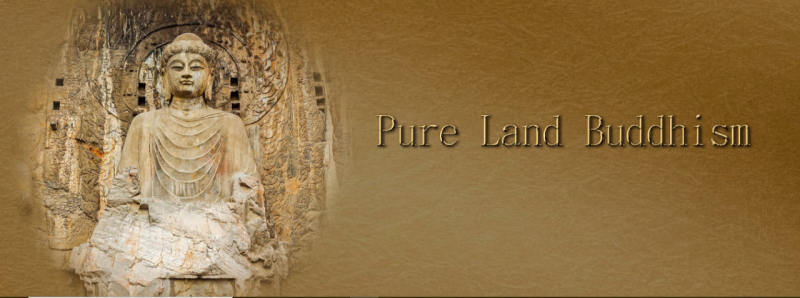
Screenshot of https://purelandbuddhism.org/ 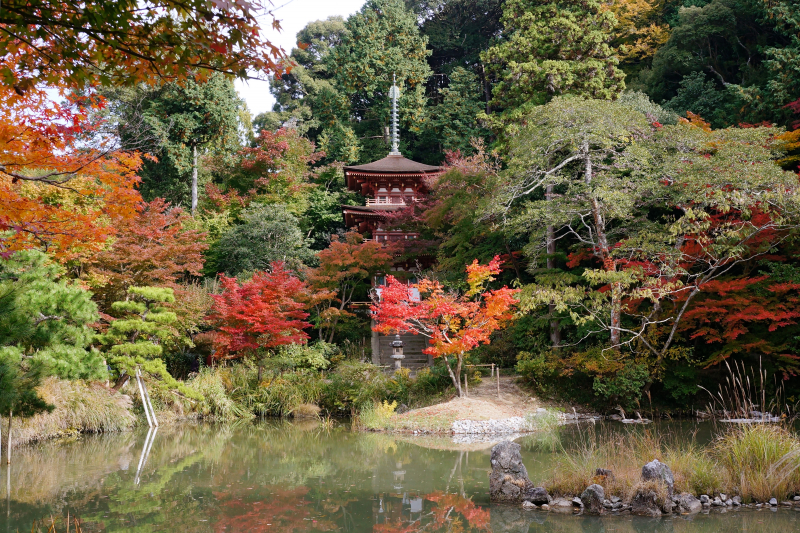
Jōruri-ji in Kizugawa, Kyoto prefecture, Japan - Photo on Wikimedia Commons (https://commons.wikimedia.org/wiki/Category:Pure_Land_Japanese_garden#/media/File:Joruriji_Kizugawa_Kyoto_pref_Japan02s3.jpg) -
Nichiren Buddhism, established during the Kamakura period by the monk Nichiren (1222-1282) in Japan, derives its name from its founder. The core of this tradition centers on Nichiren's teachings and writings, as he held a profound conviction that the Lotus Sutra (Saddharmapundarika Sutra) represented the ultimate and most crucial teaching of the Buddha.
The primary practice revolves around chanting the mantra "Nam-myoho-renge-kyo," which corresponds to the title of the Lotus Sutra in Japanese. Through this mantra, Nichiren practitioners seek to connect with their innate Buddhahood and experience a transformative change in their lives. Additionally, Nichiren Buddhism embraces the concept of "Ichinen Sanzen," which asserts that all living beings inherently possess the potential for Buddhahood, with the ultimate nature of Buddhahood existing within each individual.
Nichiren Buddhism cherishes the "Three Great Secret Laws" as pivotal practices, which include chanting Nam-myoho-renge-kyo, reciting the Lotus Sutra, and venerating the mandala (Gohonzon) as a sacred object of devotion. The legacy of Nichiren consists of an extensive collection of writings comprising letters, treatises, and commentaries on Buddhist texts, which are revered as indispensable sources of guidance for practitioners.
Nichiren Buddhism has evolved into a widespread global movement, garnering millions of followers worldwide, notably through organizations like the Soka Gakkai International (SGI). It maintains its dynamic and pertinent status as a form of Buddhism, drawing appeal from many due to its focus on personal empowerment, active social engagement, and pursuing Buddhahood in this lifetime.
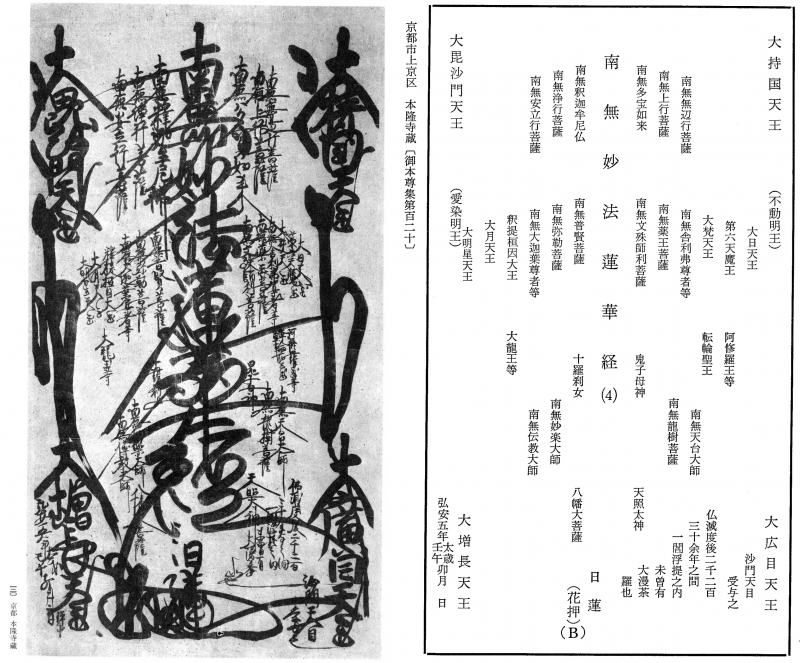
Nichiren Buddhism - Photo on Wikimedia Commons (https://commons.wikimedia.org/wiki/Category:Nichiren#/media/File:120%E5%A4%A9%E7%9B%AE%E6%8E%88%E4%B8%8E%E6%9C%AC%E5%B0%8A.jpg) 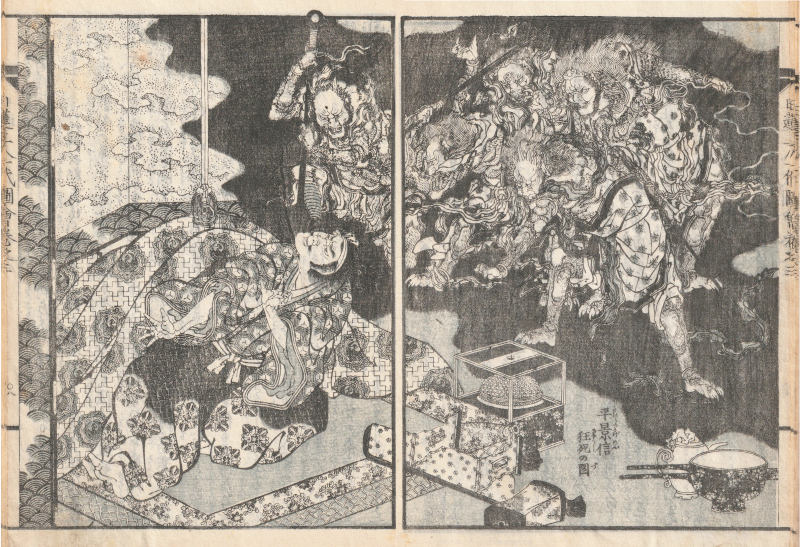
KATSUSHIKA Isai NICHIREN SHŌNIN ICHIDAI ZUE 1858 KAMIKAZE - Photo on Wikimedia Commons(https://commons.wikimedia.org/wiki/Category:Nichiren_Buddhism#/media/File:KATSUSHIKA_Isai_NICHIREN_SH%C5%8CNIN_ICHIDAI_ZUE_1858_05.jpg) -
Tiantai, alternatively known as Tendai in Japan, holds a prominent position among the primary schools of Mahayana Buddhism, with its origins dating back to the 6th century in China. The distinguished Chinese monk Zhiyi (538-597 CE) played a pivotal role in its foundation, and the school was aptly named after the Tiantai Mountain in China, where Zhiyi established his illustrious monastery.
Zhiyi's renown stems from his systematic classification of Buddhist teachings into five periods and eight instructions. He endeavored to reconcile and harmonize diverse Buddhist scriptures and education, emphasizing their ultimate convergence towards a unified truth.
Tiantai Buddhism places significant emphasis on the artful presentation of Buddhist teachings, thoughtfully tailored to cater to diverse individuals' unique needs and capacities. At the core of this approach lies Zhiyi's principle of "selecting the dharma suitable to people," an earnest aspiration to make Buddhism accessible and relevant to all seekers of wisdom and enlightenment.
With its profound teachings and extensive historical legacy, Tiantai/Tendai Buddhism has profoundly shaped the development of Buddhist thought and practice in both China and Japan. This tradition remains vibrant in both countries, preserving a rich tradition of scholarly pursuit, meditation, and devotional practices.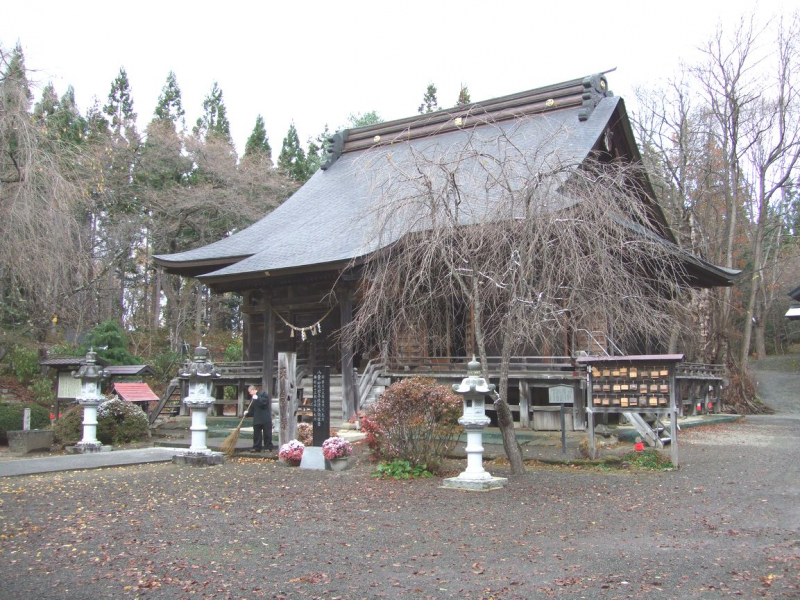
Temples of Tendai Buddhism - Photo on Wikimedia Commons (https://commons.wikimedia.org/wiki/Category:Temples_of_Tendai_Buddhism#/media/File:091103tendai.jpg) 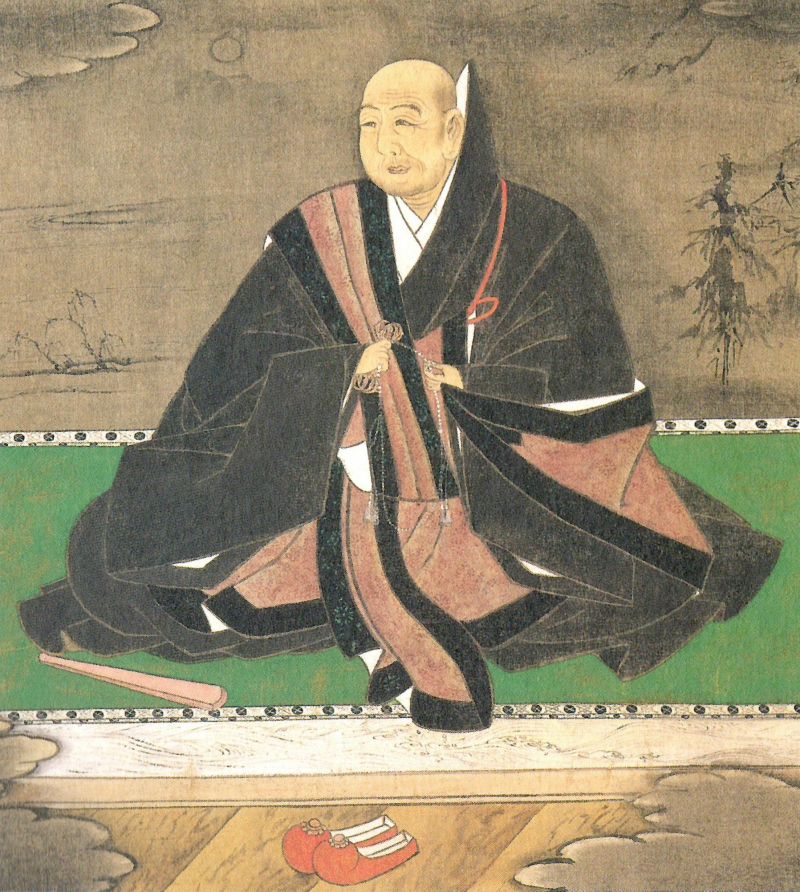
Kannnonnji Sennsyunn - Photo on Wikimedia Commons (https://commons.wikimedia.org/wiki/Category:Tendai#/media/File:Kannnonnji_Sennsyunn.jpg) -
Shingon, also known as Shingon Mikkyo, is a significant esoteric school within Japanese Buddhism. The school's establishment can be traced back to the early 9th century when Kukai, posthumously known as Kobo Daishi, undertook a journey to China to study Esoteric Buddhism. Upon his return to Japan, Kukai laid the foundations of the Shingon tradition, leaving an enduring legacy in the country's religious landscape.
Shingon practitioners harness mantras and mudras to channel spiritual energies and attain awakening. Among the numerous mantras in Shingon, the "Dainichi Nyorai Mantra" or "Acala Vidya Mantra" holds particular renown. Additionally, Shingon embraces mandalas, intricate symbolic diagrams symbolizing the universe and the enlightened mind. Utilized as aids in meditation and visualization, mandalas help practitioners attain profound insights along their spiritual journey.
Shingon Buddhism's foundation rests on the "Three Secrets" – the secrets of body, speech, and mind, symbolizing the enlightened qualities of the Buddha. Practitioners aspire to embody these qualities within themselves. Additionally, Shingon incorporates the concept of the five elements (earth, water, fire, wind, and space) to elucidate the interconnectedness of all phenomena and their profound relationship with the body and mind.
Shingon Buddhism remains a significant and thriving school within Japanese Buddhism, embracing secret practices and rituals to awaken the profound wisdom and compassion of the Buddha within each practitioner. Its enduring influence on Japanese religious and cultural life attracts diverse local and international followers seeking the path of esoteric wisdom.
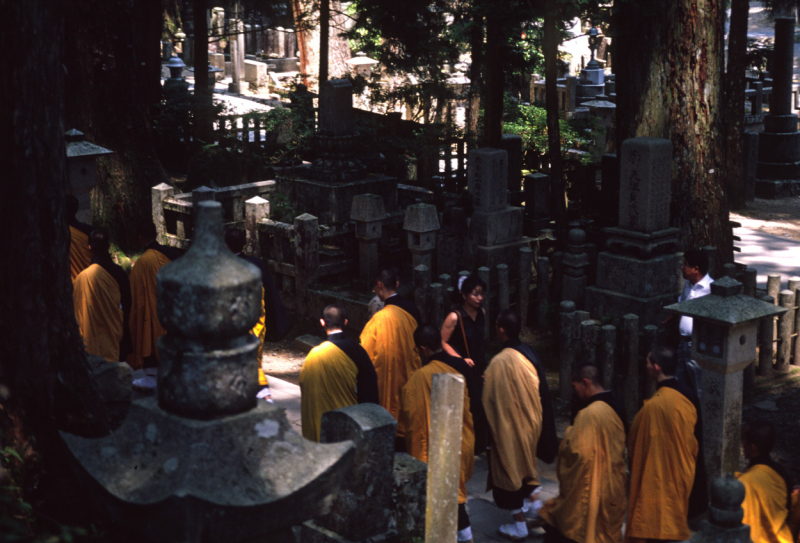
Shingon Buddhism - Photo on Wikimedia Commons (https://commons.wikimedia.org/wiki/Category:Shingon_Buddhist_monks#/media/File:KoyaMonks.jpg) 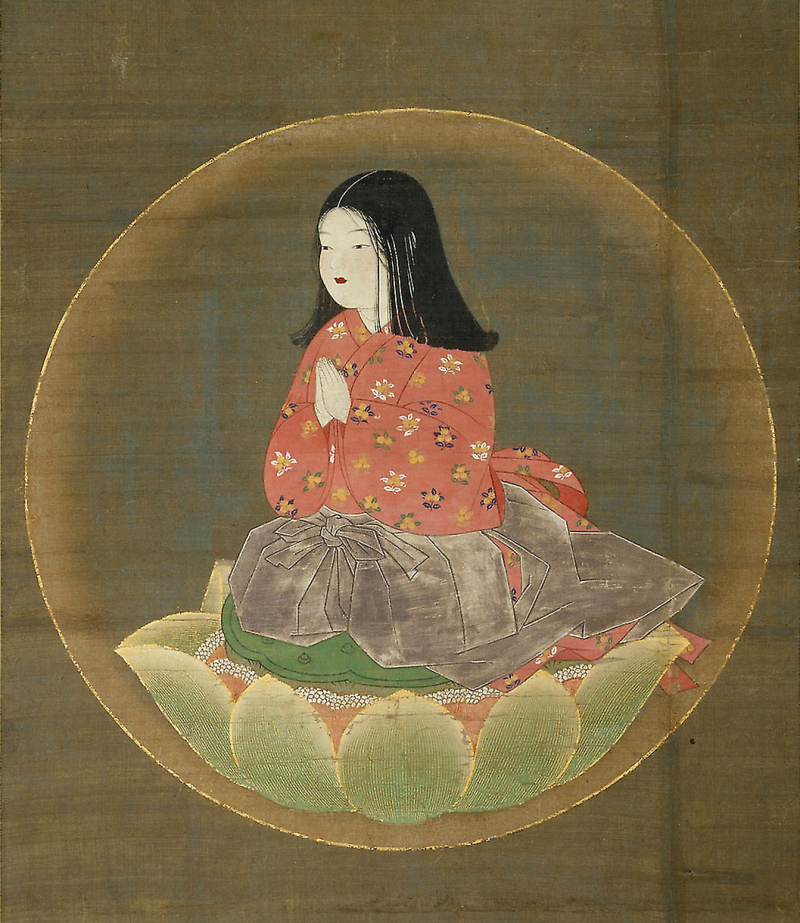
Shingon Buddhism - Photo on Wikimedia Commons (https://commons.wikimedia.org/wiki/Category:Shingon_Buddhism#/media/File:Painting_of_Chigo_Daishi_with_Goyuigo_Inscription,_15th_century_-_Crop_and_contrast.jpg) -
The Huayan School of Buddhism thrived in China during the Tang period, from the late 500s to the mid 800s. Its foundation rests on the Avatamsaka Sutra (Flower Garland Sutra), also known as the Huayan Sutra, renowned as one of the most comprehensive and intricate sutras within the Mahayana tradition.
What sets Huayan apart from typical Indian approaches is its departure from focusing solely on diagnosing human problems and prescribing solutions. Instead, Huayan begins from the standpoint of enlightenment, adopting a nirvanic perspective rather than a samsaric one in its discourse.
Huayan Buddhism greatly emphasizes interdependence and interpenetration of all phenomena, famously called "Indra's Net." According to this view, each sensation is interconnected with and mirrors the entirety of the universe, with every part embodying the whole. Additionally, the concept of "mutual containment" within Huayan's philosophy asserts that each phenomenon encompasses all others within it, as all phenomena mutually support and define each other.
Huayan Buddhism left a deep imprint on Buddhism's intellectual and philosophical evolution in East Asia. Its profound teachings on interconnectedness and interpenetration inspire scholars and practitioners, fostering a comprehensive comprehension of the nature of reality and the path toward enlightenment.
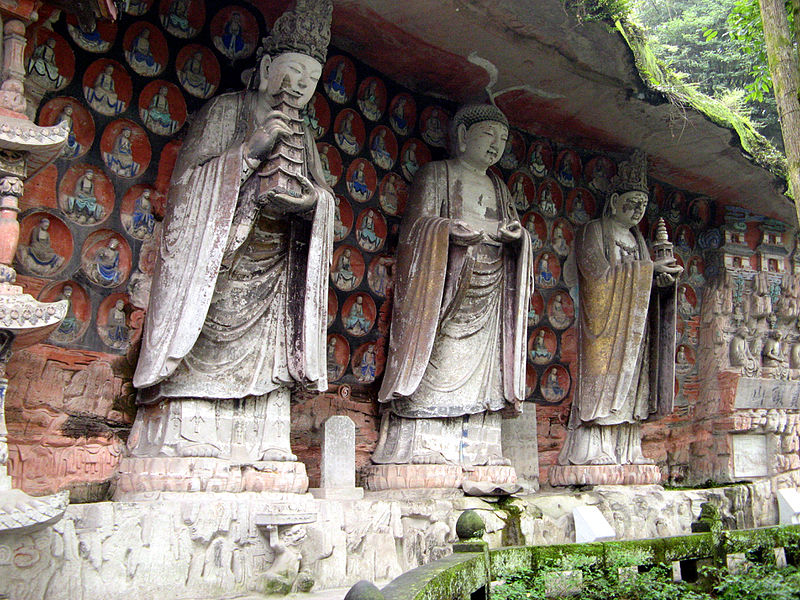
Huayan Buddhism - Photo on Wikimedia Commons (https://commons.wikimedia.org/wiki/File:Dazu_2007_807.jpg) 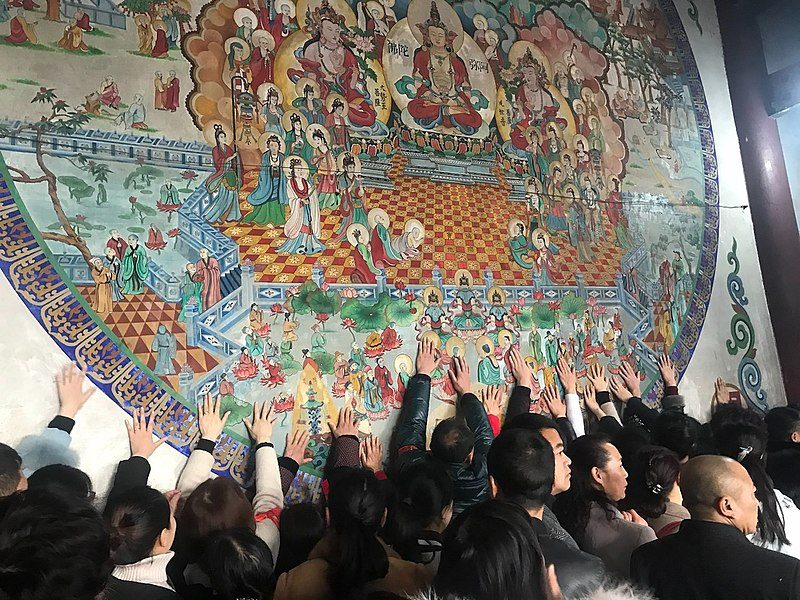
Huayan Buddhism - Photo on Wikimedia Commons (https://commons.wikimedia.org/wiki/File:Mandala_inside_Huayan_Temple.jpg)












